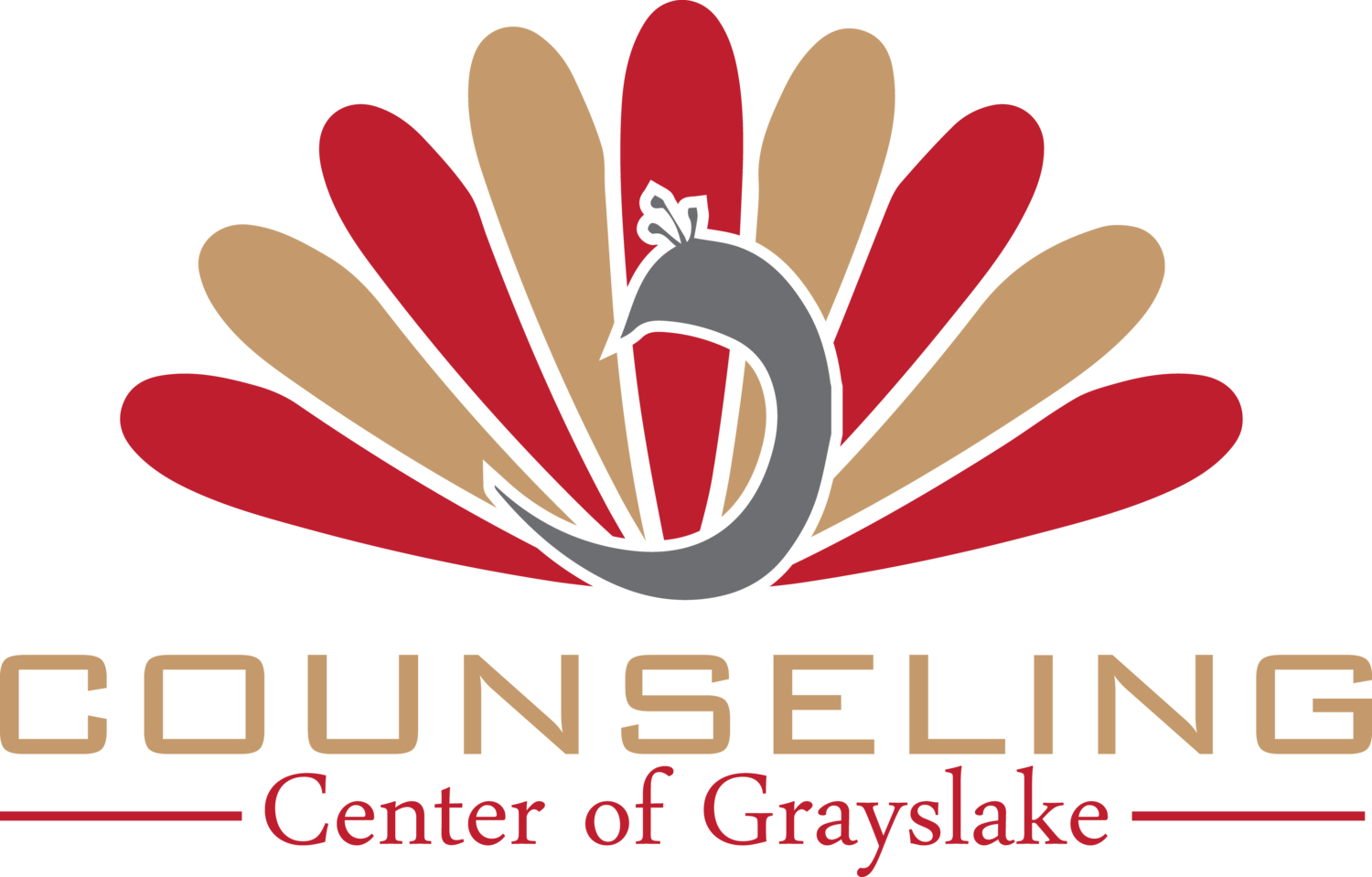By Chuck Hutchcraft, LCSW
We can be pretty hard on ourselves. I’m not good enough, I’ll never be able to get it, I’m a failure, I don’t deserve this — fill in the blank. There are countless variations on this theme. I hear them often from clients, students, friends, myself. And they do more harm than good.
First and foremost, when we cannot be compassionate with ourselves, it’s doubtful we can be truly compassionate toward others. In fact, harsh self-criticism frequently is projected on to others, harming or destroying relationships.
This brings us to our relationship with ourselves. This might seem odd, but If we want something about ourselves to change, as when we seek therapy or if there is simply the sense that something needs tweaking, self-acceptance is an important part of that process. Otherwise, it’ll be very difficult to engage that within us that will foster change.
The first step in working with harsh self-criticism is to recognize them as thoughts, that’s all. Just thoughts.
We tend to be highly invested in our thinking. Thinking helps us to understand, make sense of the world, to navigate the stormy and complex sea of life, to invent, to solve the problems of the world. But thinking also works against us, especially thinking that is perception.
Thinking is borne of what came before. What came before shapes our perception of the world and how we interact with it. This also is true of our perception of self and how we interact with ourselves.
Self-perception starts taking shape the moment we are born. The shaping comes of our interactions with those around us, our forming brains with their inherent tendencies shaped by experience. Crucial early experiences are the care and reflecting back of our primary caregivers and our internal responses to all this. We are thinking being from the get-go, our thinking and perceiving shaped by much that is out of our control. Key in all this is the shaping of our sense of self and self-worth. Here is where the harsh self-criticism often starts.
Experience shapes our brains, the wiring, the neural pathways. Intertwined with the neural pathways are our narratives, our stories, foremost among them the story of self, and therein the harsh self-criticism.
What experiences can lead to such harsh views of the self. Abuse and neglect top the list. Overly critical, judgmental environments, whether home, school or elsewhere. Or situations on a spectrum of what might seem innocuous — a temporary lapse in tending to, parents who are distracted or who simply lack curiosity — can be ingested and interpreted by young minds as I am not worth it. Ergo, I am not good enough, the wellspring harsh sense of self.
We think the negative sense of self is true, but it isn’t. It is simply a fabrication, conditioned thoughts and perceptions that we no longer have to cling to.
Although, cling we do. The clinging is an unconscious reflex, a clinging to what has become the status quo, fueled by fear of the unknown, even if that is liberation from suffering. The conscious narrative might be that letting go of the negative-self story line is taking the easy way out, and/or, I can’t make it any other way. And, thus, hen, sooner or later, we continue to struggle in this net spun of low self worth.
So, how to break free of this confining narrative?
Just let go, we’re frequently told. If only it were that easy. The ego’s resistance essentially is in the neural circuitry, which has its own energy and which is not easy to rewire. It’s not easy, but it’s not impossible.
A common thread in therapy is to see the genesis of our narratives and how their skewing causes us problems. The merits of the various therapeutic models will not be debated here. I will mention two and focus on one. EMDR — Eye Movement Desensitization Reprocessing — fosters such rewiring, from negative cognition to positive cognition. So does mindfulness meditation, as originally conceived more than 2,500 years ago.
In mindfulness meditation, we become intimate with the dance of physical sensations, emotions and thoughts, and in this dance become attuned to the narrative or narratives that keep us in bondage. At first we notice the thinking I am not good enough, or, I am not deserving. Eventually, we become alive to it before it becomes thought.
As this attuning develops, we realize we have a choice, to continue down the old path or not. Then we can let go, or as I have experienced the process, unhook from what we’re stuck on. We begin to free ourselves.
With this freeing comes a sense of ease. Our experience of life — of others and ourselves — takes on a different tone, one that is more accepting and better able to dance with life’s ups and downs.
I am good enough. I am deserving. I can create a new, empowering narrative.


